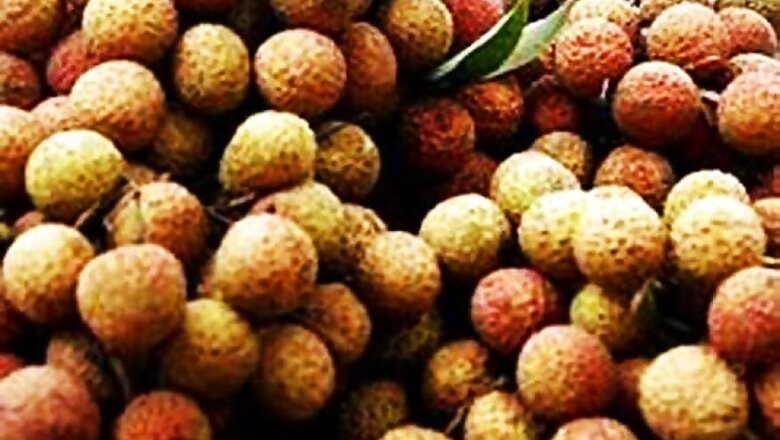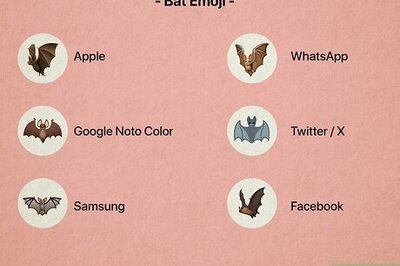
views
New Delhi: Every year over the last two decades, large numbers of young children have been dying in Bihar's Muzaffarpur of a mysterious brain disease. They would run high fever, have seizures and slip in and out of consciousness.
People in Bihar call it 'chamki ki bimari’. Heat, humidity, malnourishment, the monsoon and pesticides have all been considered at one stage to be contributing factors. But now scientists feel they may have hit upon the real reason - litchis.
Heat, humidity, malnourishment, the monsoon and pesticides have all been considered at one stage to be contributing factors to the illness. "We aimed to investigate the cause and risk factors for this illness," researchers said.
In a hospital-based surveillance, researchers from the National Centre for Disease Control in New Delhi and the US Centres for Disease Control and Prevention undertook laboratory investigations to assess potential infectious and non-infectious causes of this acute neurological illness.
Children aged 15 years or younger who were admitted to two hospitals in Muzaffarpur in 2014 with new-onset seizures or altered sensorium were included in the study.
They were age-matched against residents of Muzaffarpur who were admitted to the same two hospitals for a non-neurologic illness within seven days of the date of admission of the case. This group served as the control.
Specimens of blood, cerebrospinal fluid and urine as well as litchis were tested for evidence of infectious pathogens, pesticides, toxic metals.
Scientists also looked for other non-infectious causes, like presence of hypoglycin A or methylenecyclopropylglycine (MCPG), naturally-occurring fruit-based toxins that cause hypoglycaemia and metabolic derangement.
Between May 26 and July 17 in 2014, 390 patients meeting the case definition were admitted to the two hospitals in Muzaffarpur, of whom 122 (31 percent) died, researchers said.
On admission, 204 (62 percent) of 327 had blood glucose concentration of 70 miligrammes per decilitre or less. 104 cases were compared with 104 age-matched hospital controls.
Litchi consumption and absence of an evening meal in the 24 hours preceding illness onset were associated with illness. The absence of an evening meal significantly increased the effect of eating litchis on illness. Tests for infectious agents and pesticides were negative.
Metabolites of hypoglycin A, MCPG, or both were detected in 48 (66 per cent) of 73 urine specimens from case-patients and none from 15 controls. "Our investigation suggests an outbreak of acute encephalopathy in Muzaffarpur associated with both hypoglycin A and MCPG toxicity," the researchers said.
"To prevent illness and reduce mortality in the region, we recommended minimising litchi consumption, ensuring receipt of an evening meal and implementing rapid glucose correction for suspected illness," they said.
Reacting to this report, DR Vishal Nath, Director of Litchi Research institute at Muzaffarpur, called it rubbish completely false & rubbish.
“Why single out Litchi, there’s no scientific evidence to prove that only Litchi causes this. It’s half cooked research. Earlier, we had challenged these reports with DG, Health Services,” Nath said, alleging that it’s part of conspiracy against litchi farmers.
“After China, India is the second largest Litchi producing country in the world and Muzaffarpur produces one of the finest breeds of Litchi. It’s a campaign to hit the livelihoods of farmers & Indian Litchi in general,” he added.


















Comments
0 comment